Monemvasia is a small village of Peloponnese in Greece, which seems straight out of an ancient novel
Monemvasia (or Malvoisia) is a rocky peninsula with Gibraltar's airs, off the east coast of the Peloponnese, in the Greece and connected to the continent by a short road. The island is about 300 metres wide and a kilometre long and rises on a plateau about 100 metres above sea level.
On the slope of this plateau, on the sea side and hidden from the continent, is a small town. This remarkablely romantic fortified city, blotty in the shadow of the imposing rock is a real living museum of the Byzantine, Ottoman and Venetian history dating from the 13th century.
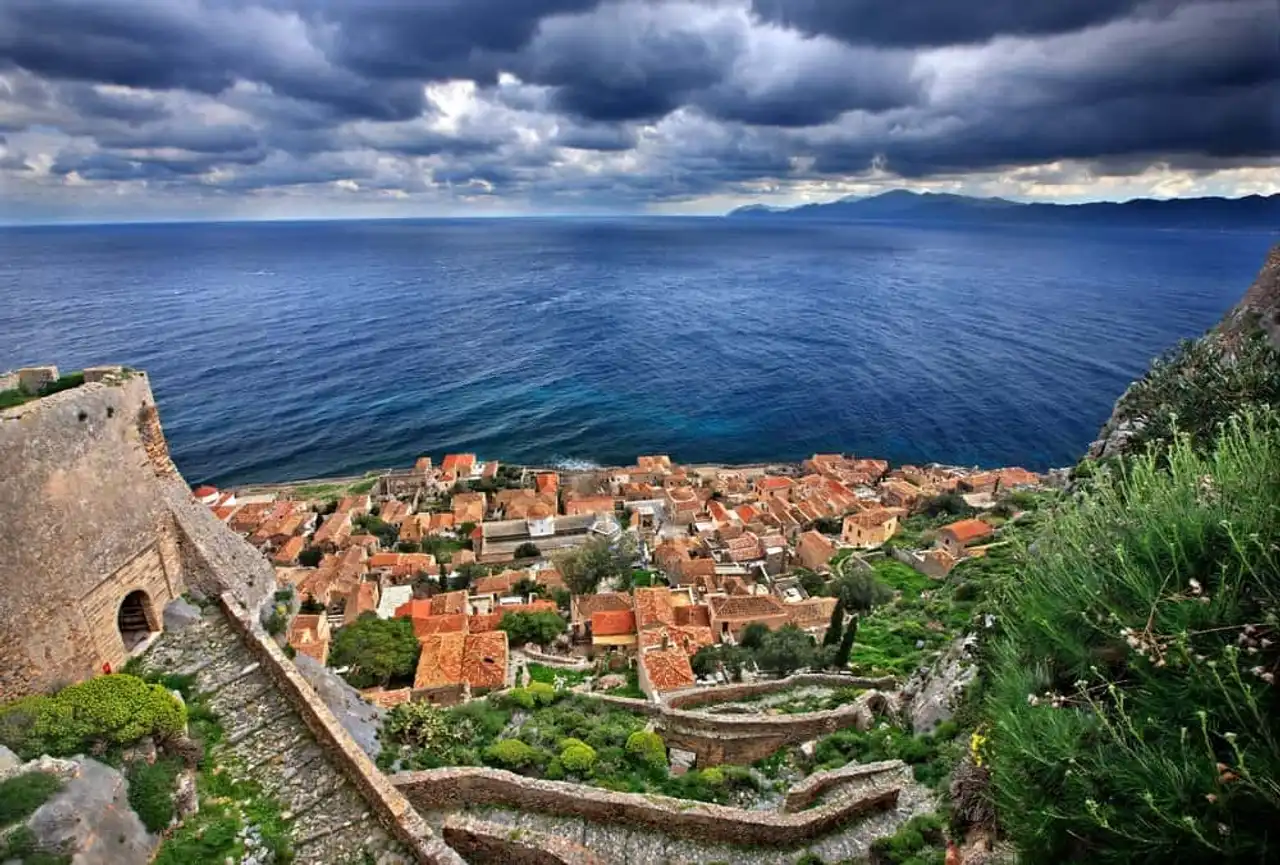
Photo credit: Shutterstock – Heracles Kritikos
Monemvasia was built during the 6th century by the inhabitants of the ancient Laconia seeking refuge against the Slavic invaders who dominated much of Greece between 500 and 700 AD. The rocky islet had been separated from the continent by a earthquake in 375 AD.
During the centuries that followed, Monemvasia changed hands several times, in both directions, between the Venetians and the Turks, until the small town was freed during the Greek war of independence in the early nineteenth century.
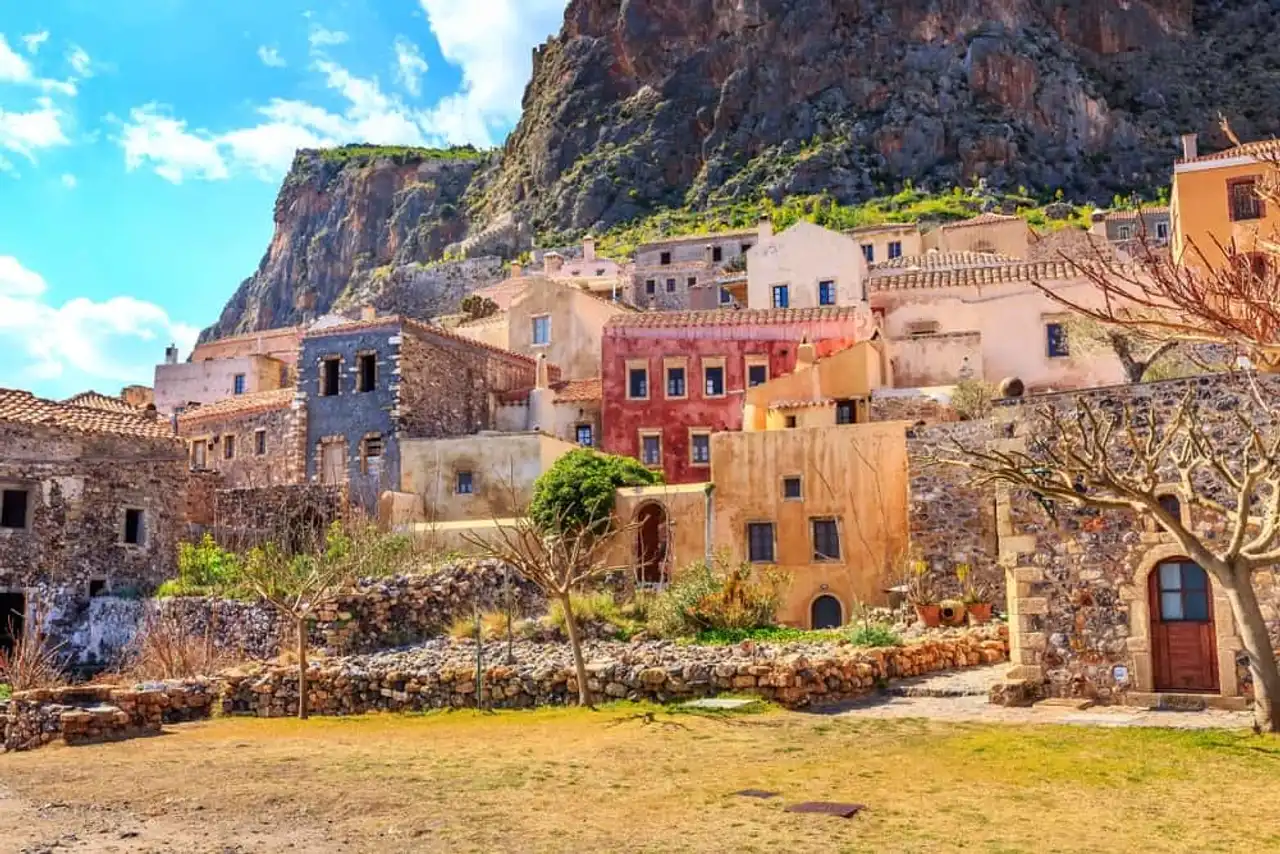
Photo credit: Shutterstock – Nataliya Nazarova
The name Monemvasia is derived from two Greek words, moni and emvasia , which means "one channel" or "one barracks", referring to the narrow pavement that is the only way to enter the city.
The island was first colonized on the top of the plateau, which is now referred to as the “high city”. Little by little, the colony spread down the hill, and thanks to its unique position well defended, became a powerful city. During the decline of the Byzantine Empire, Monemvasia became its main city and one of the major shopping centres of the Byzantine world and a large commercial port, with a population of 40,000 inhabitants.
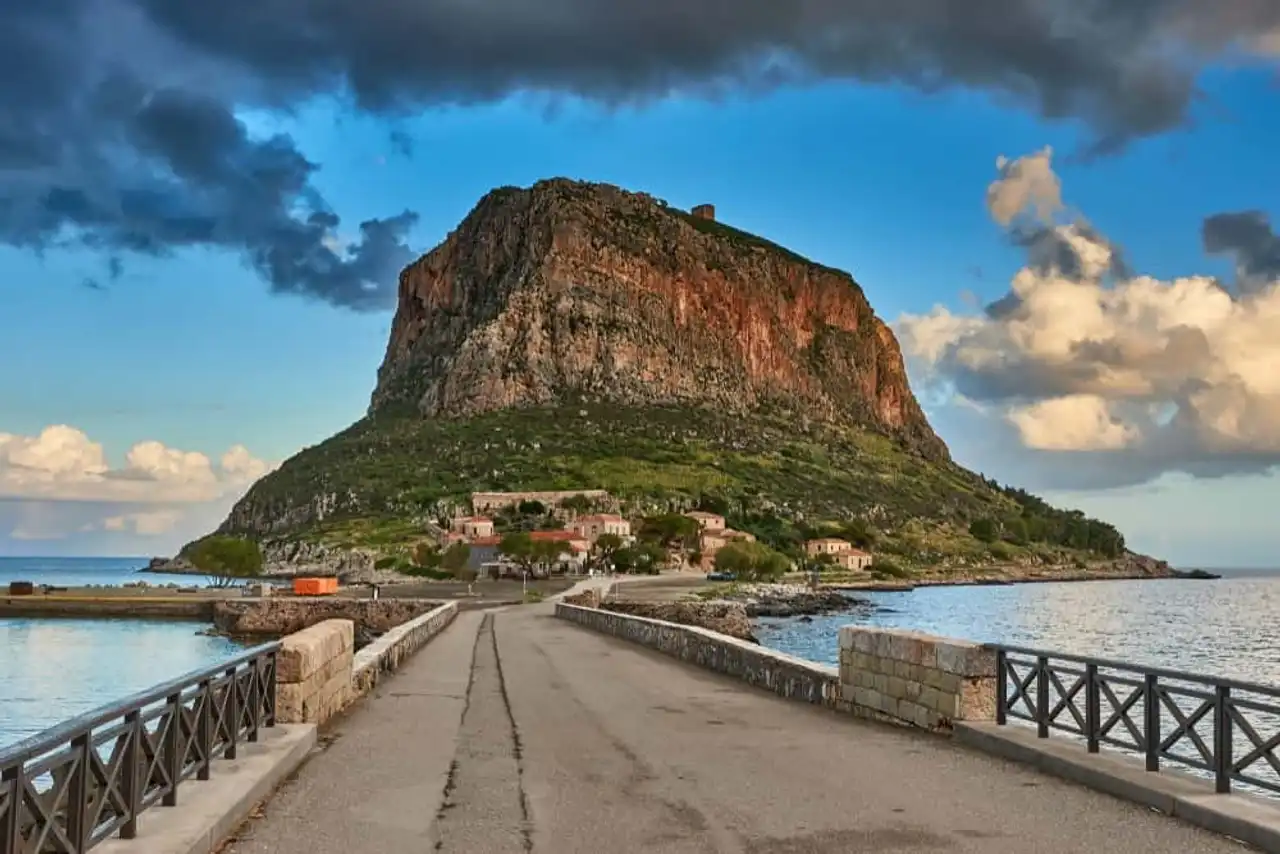
Photo credit: Shutterstock – Pit Stock
In the 18th century, Monemvasia began to decline until it was “rediscovered” by tourists in the 1970s.
Slowly, the city resurrects its importance, this time as a tourist destination with an increasing number of tourists visiting the region during the summer. The medieval buildings were restored, and many of them were converted to hotels, and there are many places to eat. A monument not to be missed is the Church of St. Sophia, in the high city.
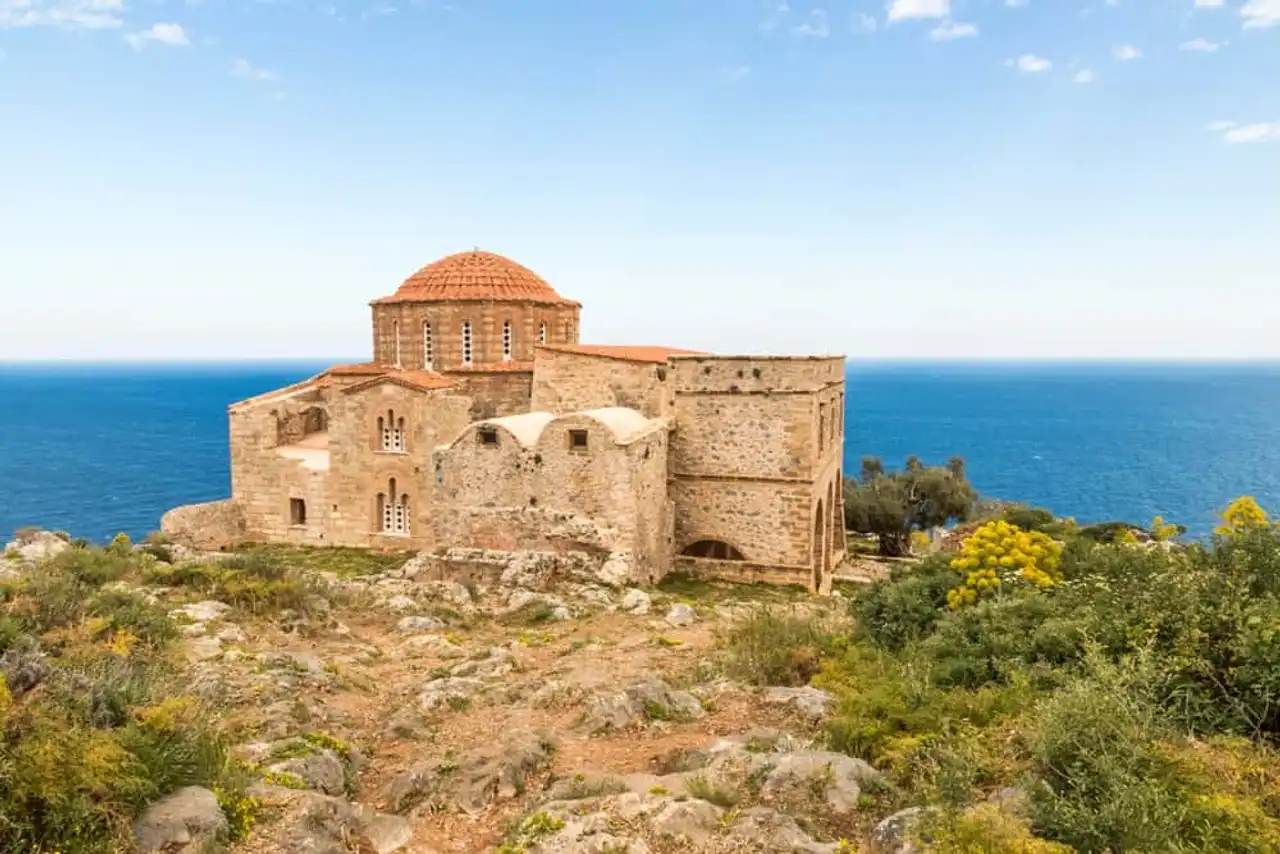
Photo credit: Shutterstock – Joaquin Ossorio Castillo
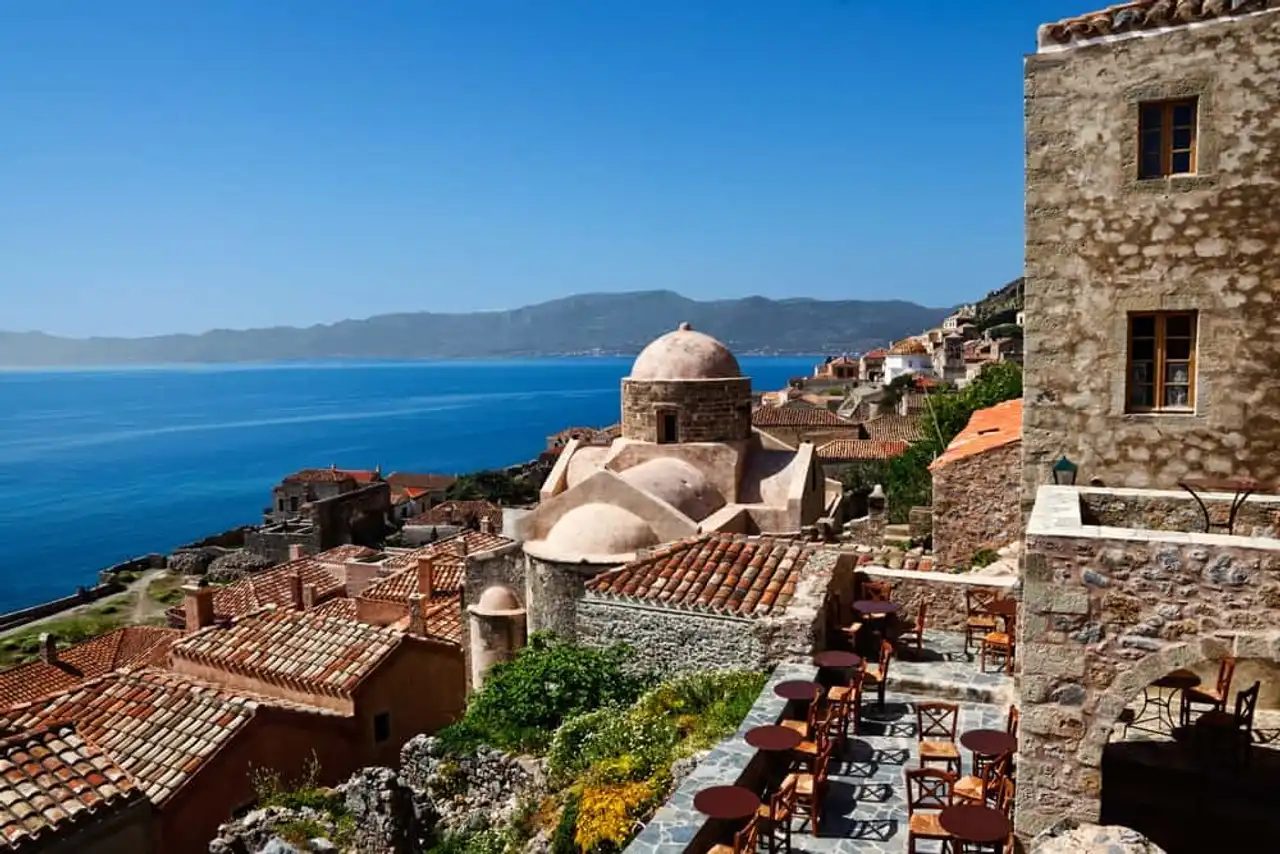
Photo credit: Shutterstock – Constantinos Iliopoulos
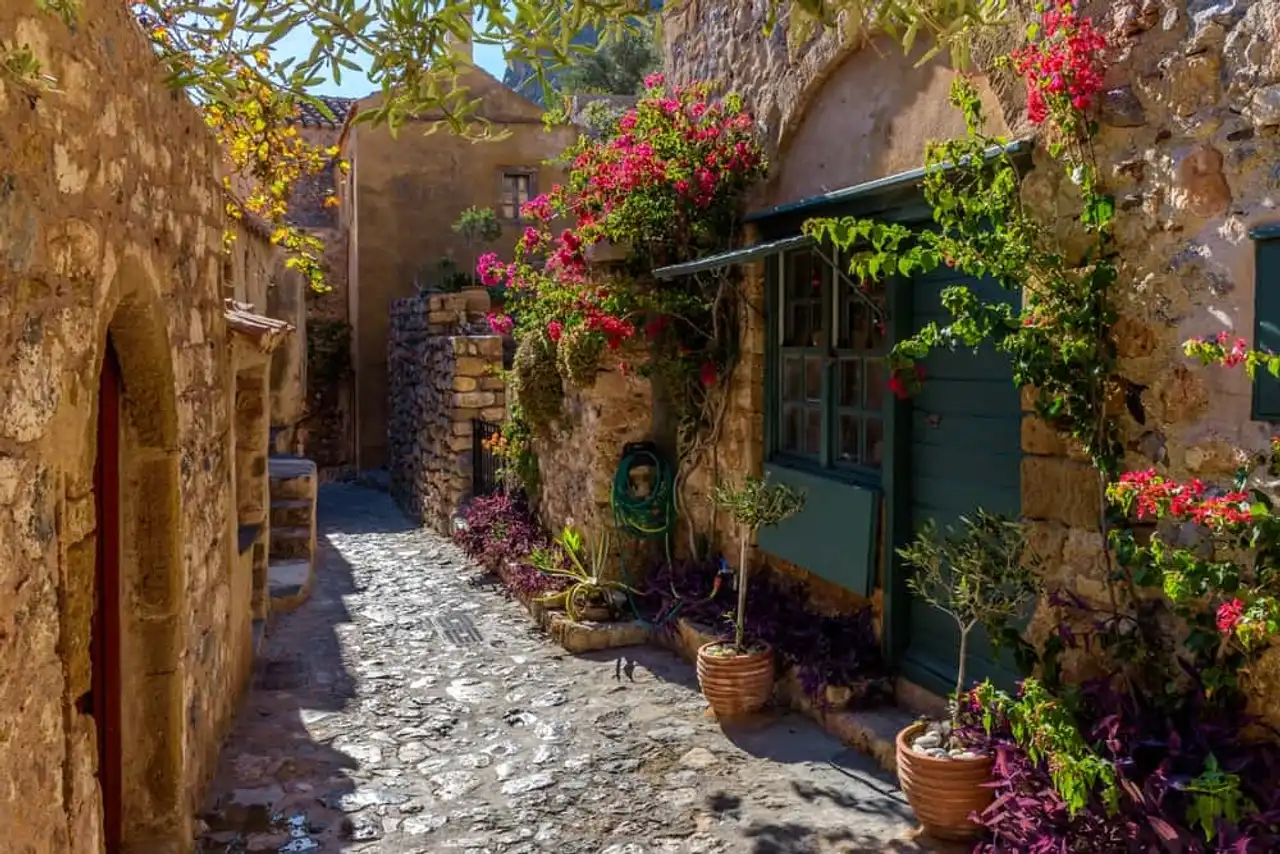
Photo credit: Shutterstock – valantis minogiannis
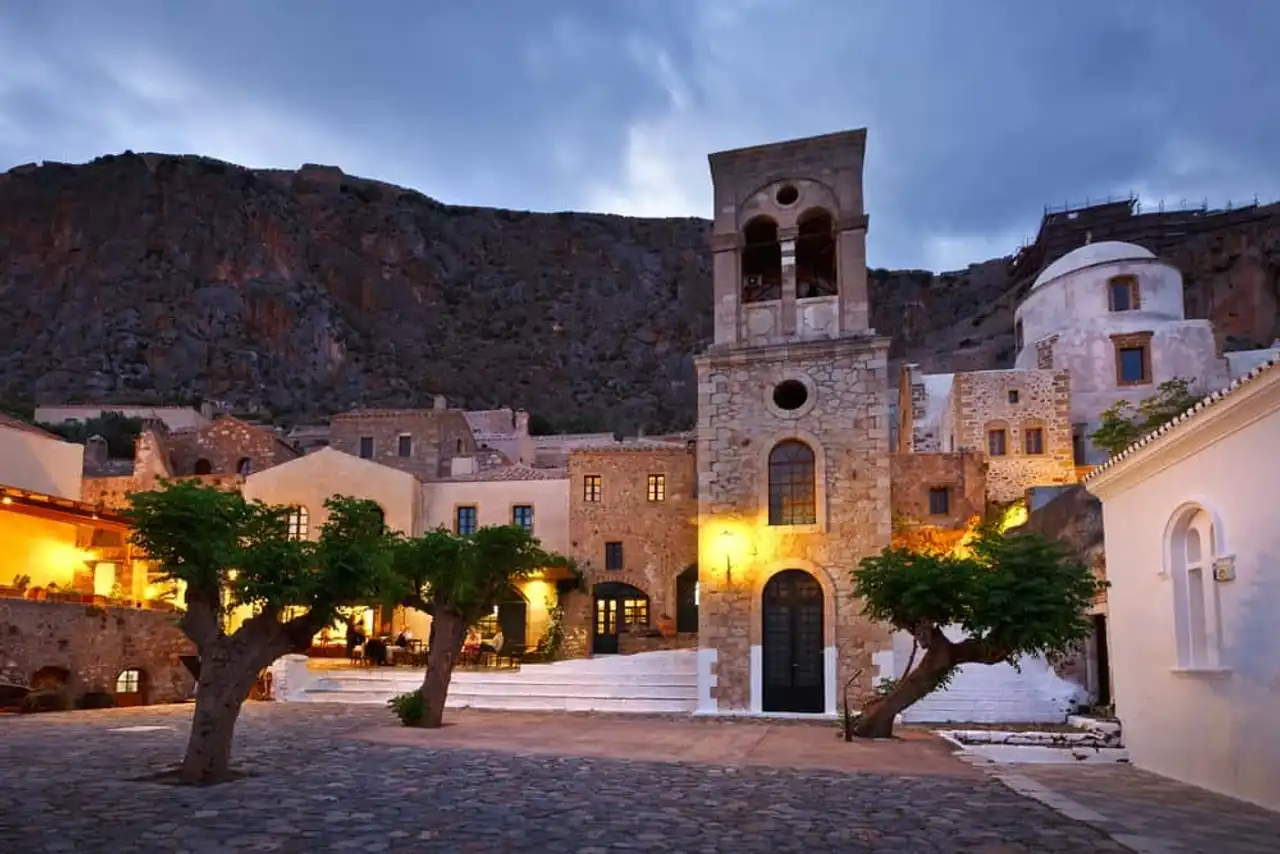
Photo credit: Shutterstock – Milan Gonda
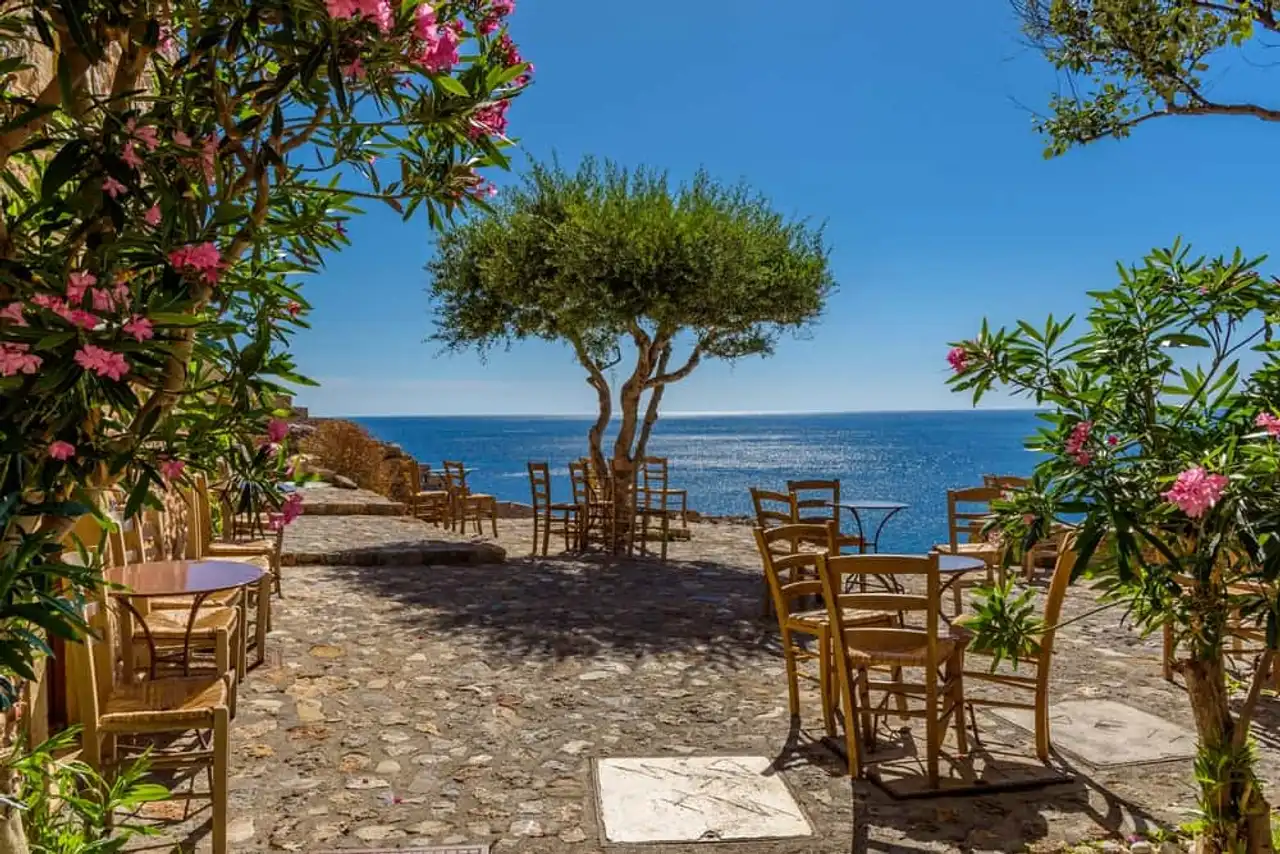
Photo credit: Shutterstock – valantis minogiannis
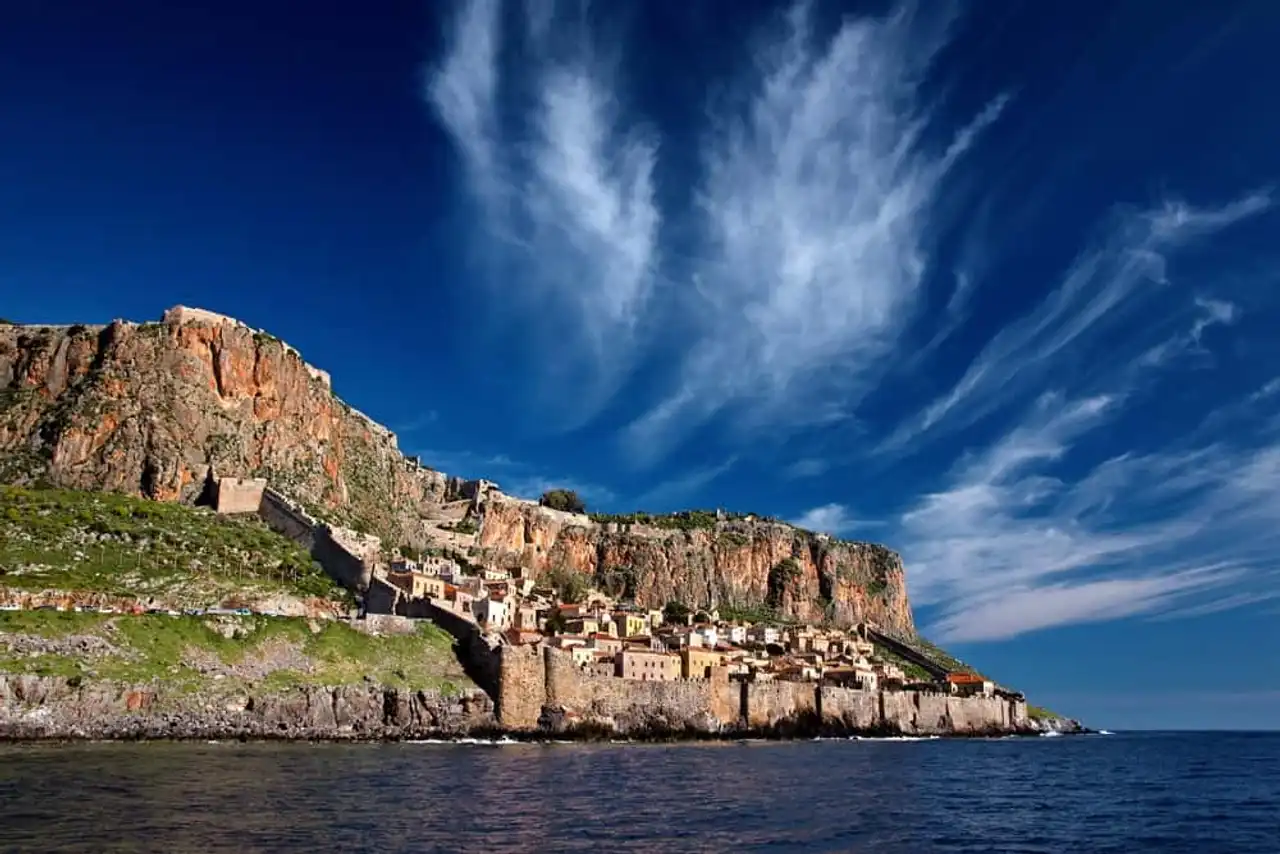
Photo credit: Shutterstock – Heracles Kritikos
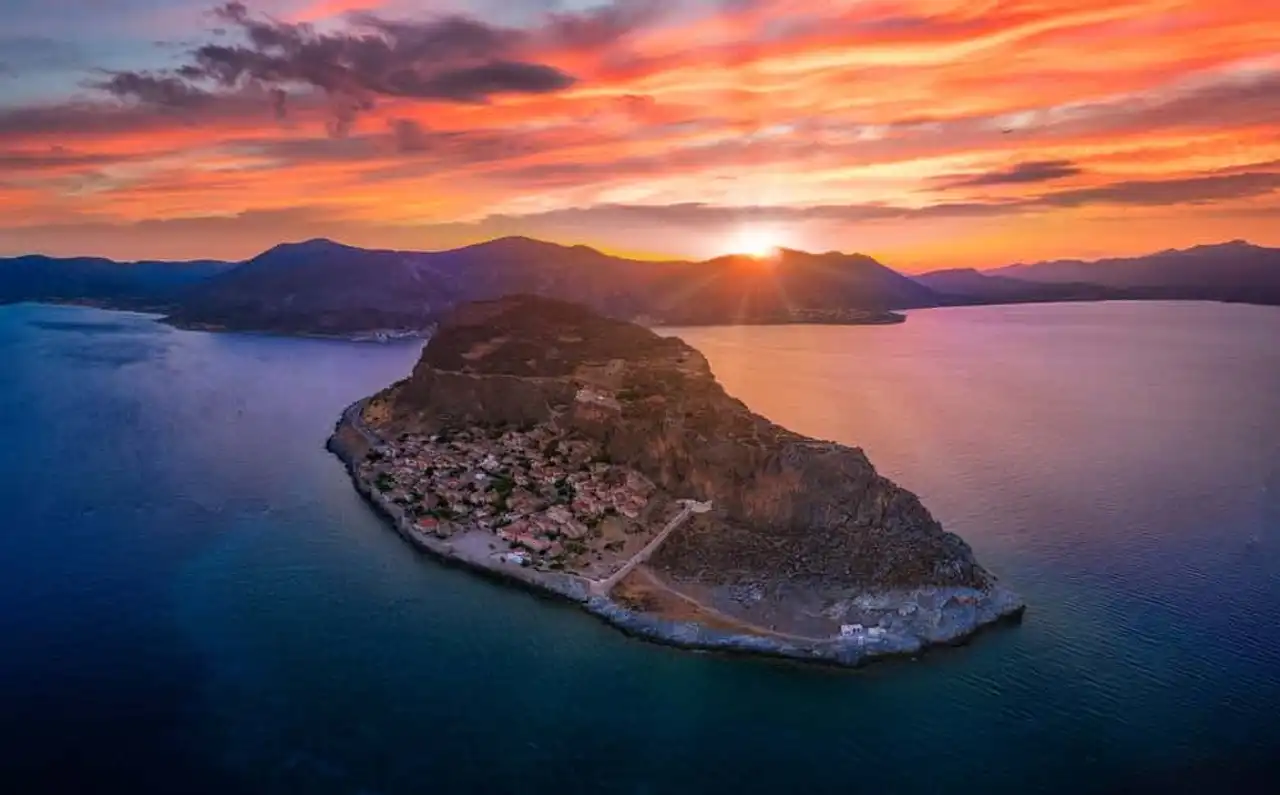




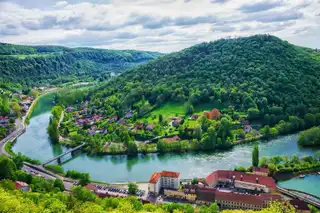

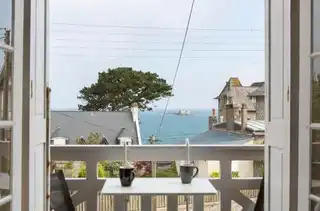
Loading comments ...